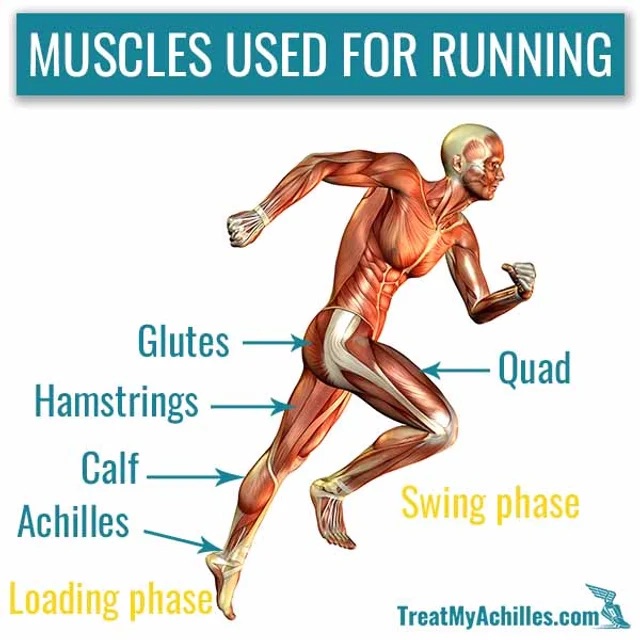Recovery in Between Seasons
- snowbeastperformance
- Apr 11, 2023
- 4 min read
Recovering after intense physical activity is crucial for your body's overall health and performance. Whether you just finished a long ski trip or are winding down from a strenuous workout, taking the time to recover properly can make a huge difference in your overall well-being and long-term health. In this blog, we will explore the science behind recovery and how you can optimize it to keep your body functioning at its best and keep you moving through the seasons.

What goes into recovery?
When you engage in intense physical activity, such as skiing or snowboarding, your muscles undergo significant stress and strain. This stress can lead to muscle soreness, fatigue, and even injury if not properly addressed. Skiing and snowboarding require a lot of power output from your muscles to keep you moving down the mountain and keep your body warm when on the frigid mountain.

As we head into this next season, it is important to recognize the changes in the muscles that you are using. If that be running, hiking, biking, swimming, or kayaking, these are all going to use different muscles, So by mobilzing, stretching, and increasing tolerance to these exercises will be needed to make sure you stay happy and healthy as we head into a new season.
By maintaining proper sleep, hydration, mobility and bodywork, these things will help increase your ability to recover and lessen your chances of overuse injury or other injuries. There are some ways that you can optimize your recovery between seasons to keep your body happy, healthy, and moving so you are ready for whatever adventure is next.
Sleep: Getting enough sleep is crucial for recovery as it's during this time that your body repairs and regenerates.

Getting adequate sleep, especially deep sleep, this is when your body restores itself physically. Additionally, the deep sleep stage helps strengthen your immune system, regenerate cells to repair bone and tissue, stimulate blood flow to muscles, and balance your metabolism and blood sugar levels. Your heart rate and brain waves slow down at this time and it is when your body is in its most restful state.
Hydration: Staying hydrated helps to flush out waste products and bring nutrients to your muscles, aiding in the recovery process.

How hydrated you are, affects the volume of your blood, and the less liquid you have in your system the harder it is for blood to circulate and deliver nutrients and oxygen to your body. Additionally, your body uses water to maintain its temperature, keep organs working properly, lubricates joints, remove waste and prevent infections.
Nutrition: Eating a balanced diet rich in protein, carbohydrates, and healthy fats can help replenish your body's energy stores and aid in muscle repair.

As we head into the spring and summer, you know what’s coming? So much fresh produce and local food! Now is the time to take advantage of what Vermont brings and get all that nourishment in. Obviously eating a nourished diet through all seasons is important, but in the -10 degrees, there aren't going to be much fresh produce that will be as high in nutrients as the ones that you can get at peak season.
Mobility: Maintaining flexibility and range of motion through stretching and foam rolling can reduce muscle soreness and prevent injury.

Bodywork: Massage therapy, physical therapy, and chiropractic care can help increase blood flow, reduce muscle tension, and aid in recovery.

Now to talk about how you can optimize your recovery.
While there are many factors that contribute to a successful recovery, here are some tips to help you get started:
Just making one change to your daily routine can turn your recovery game up a notch and get you ready for the next season.
Get enough sleep: Aim for 7-9 hours of quality sleep per night
Stay hydrated: Drink plenty of water throughout the day
Eat a balanced diet
Include mobility work
See a professional: Coming to see Snowbeast performance if you have a nagging injury, something that you want to be checked out, or just to stay healthy, we are the right place to go. We will keep you healthy in the off-season so you are ready to hit the mountain when the snow starts falling.
Find movement you enjoy: Whether it's a leisurely walk or a yoga class, find a form of movement that you enjoy and make it a part of your routine.
Incorporate rest days: It's important to take breaks and allow your body to fully recover.
Try active recovery: Activities such as swimming or cycling can help increase blood flow and reduce muscle soreness.
Now you know what goes into recovery and what you can start today to kickstart your recovery in between seasons, so you are ready to get back in your boots when winter is on the horizon. By incorporating these tips into your routine, you can help your body recover faster, reduce the risk of injury, and perform at your best. Stay tuned this season for other ways to improve your recovery in between seasons and adventure as much as you can!









Comments